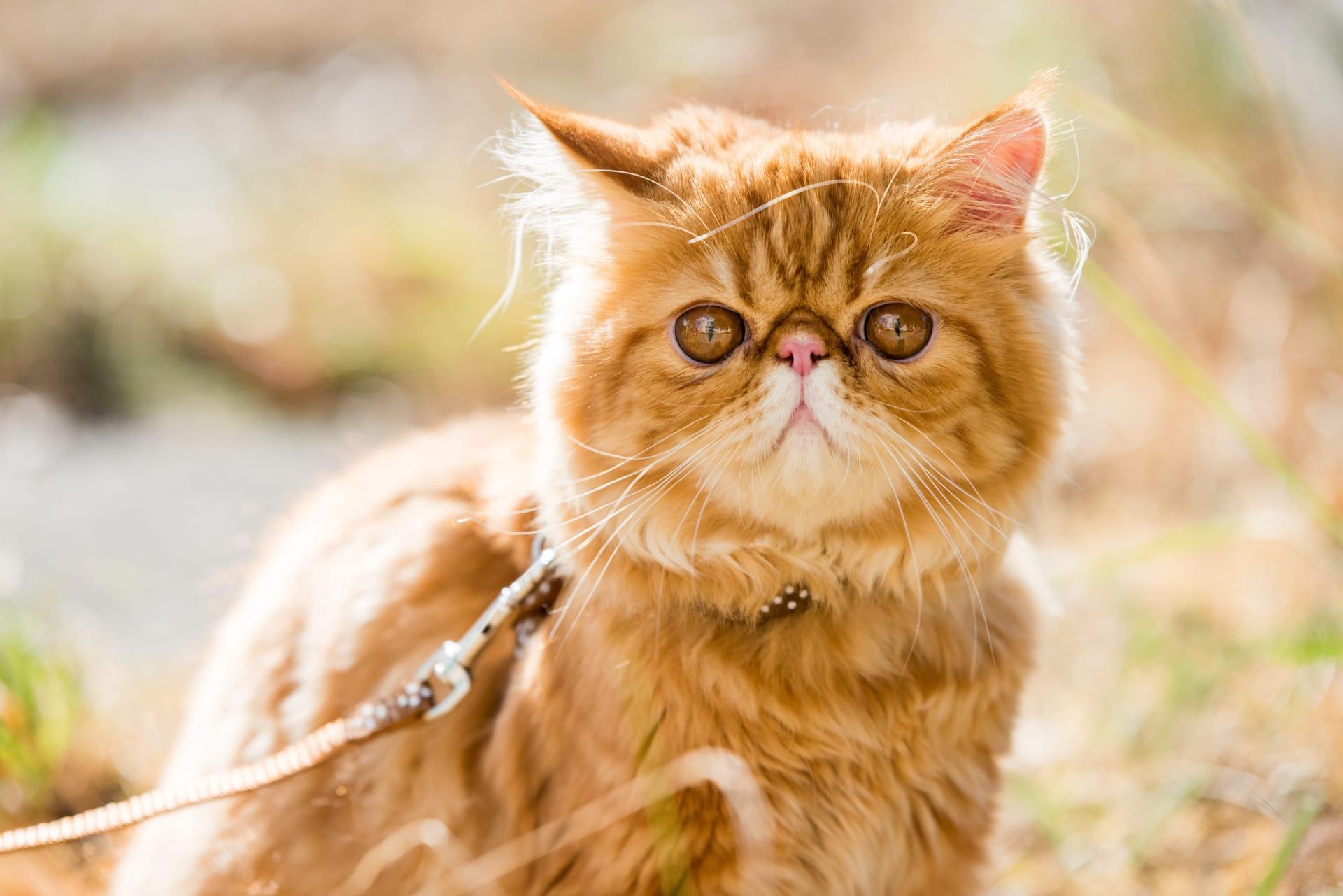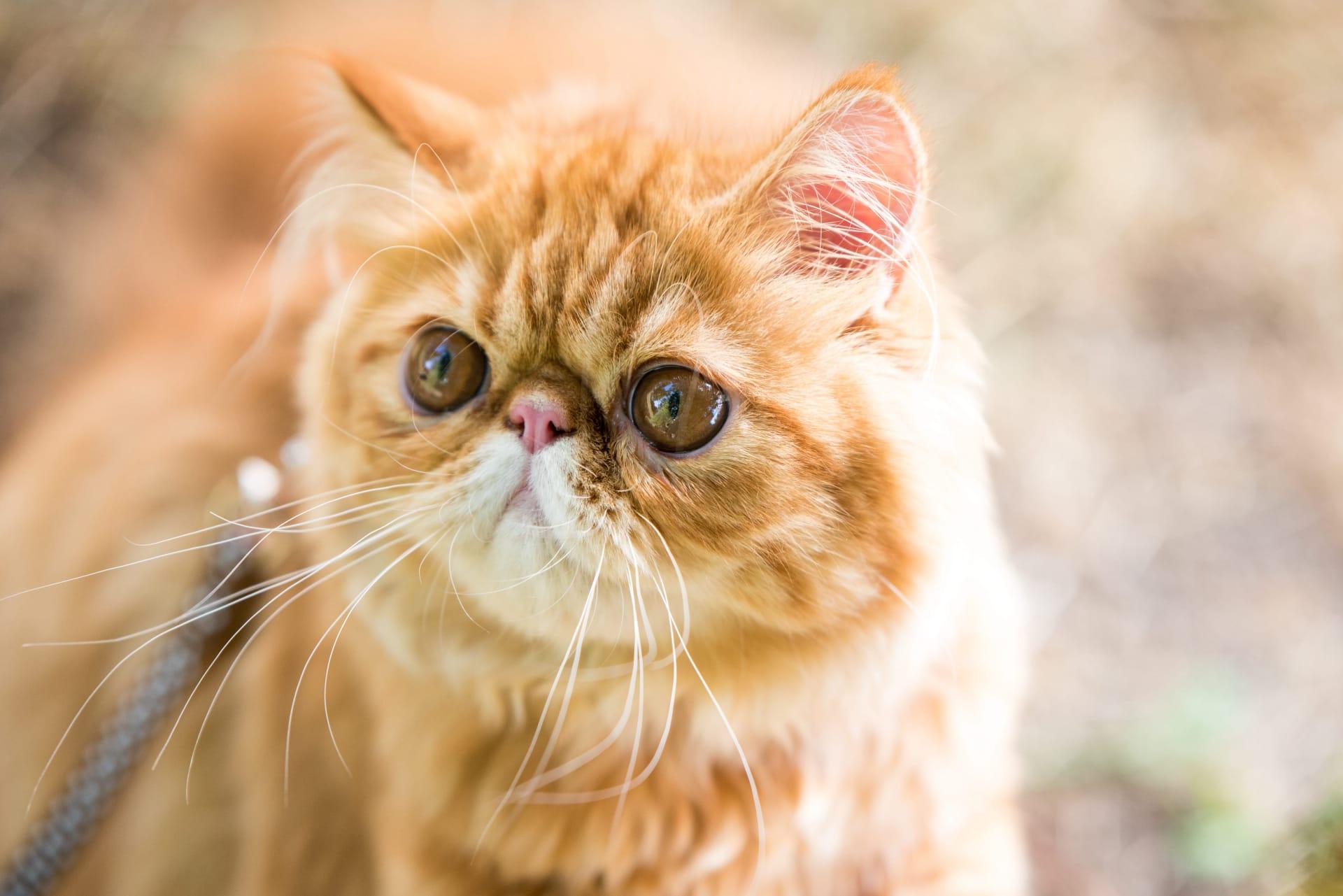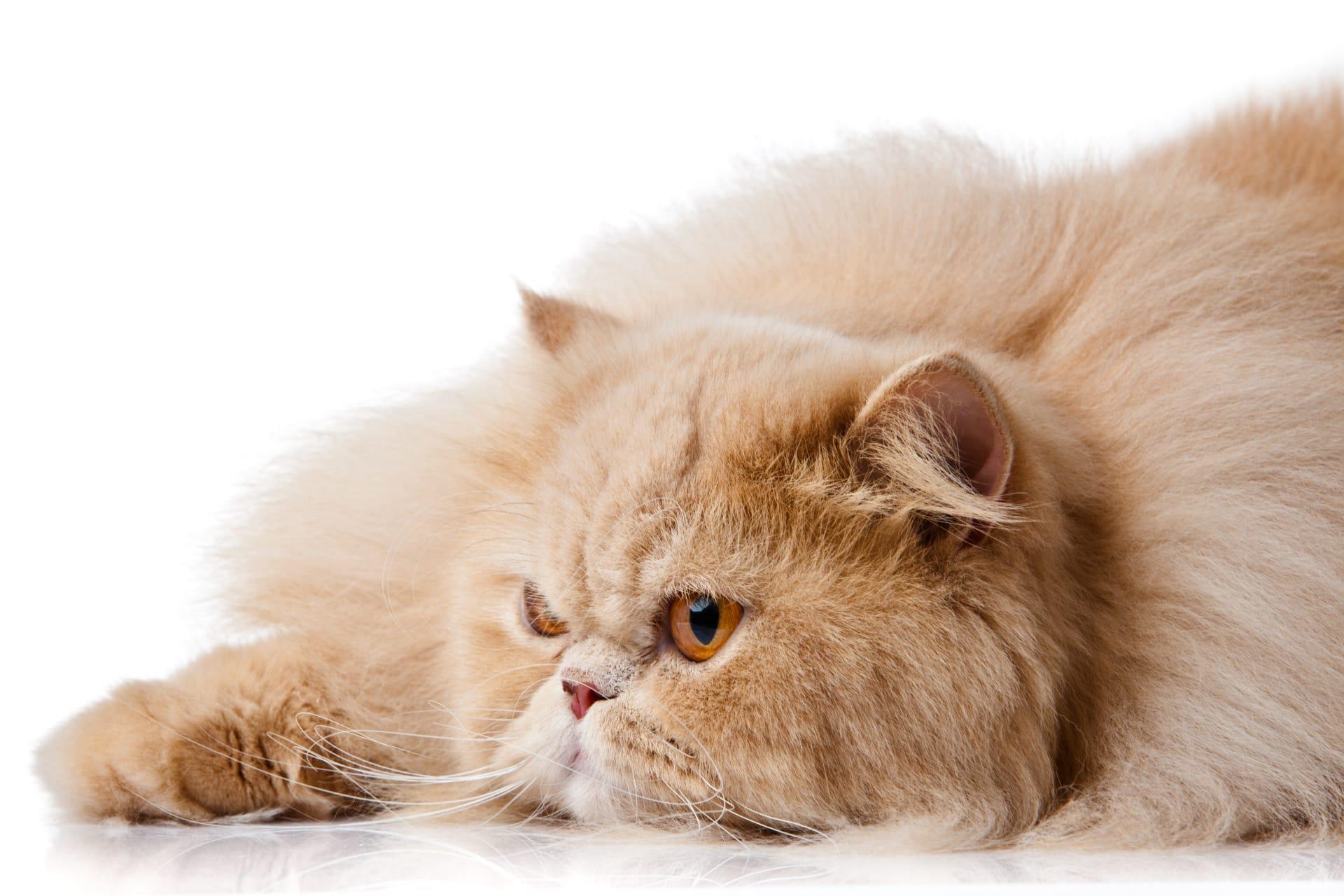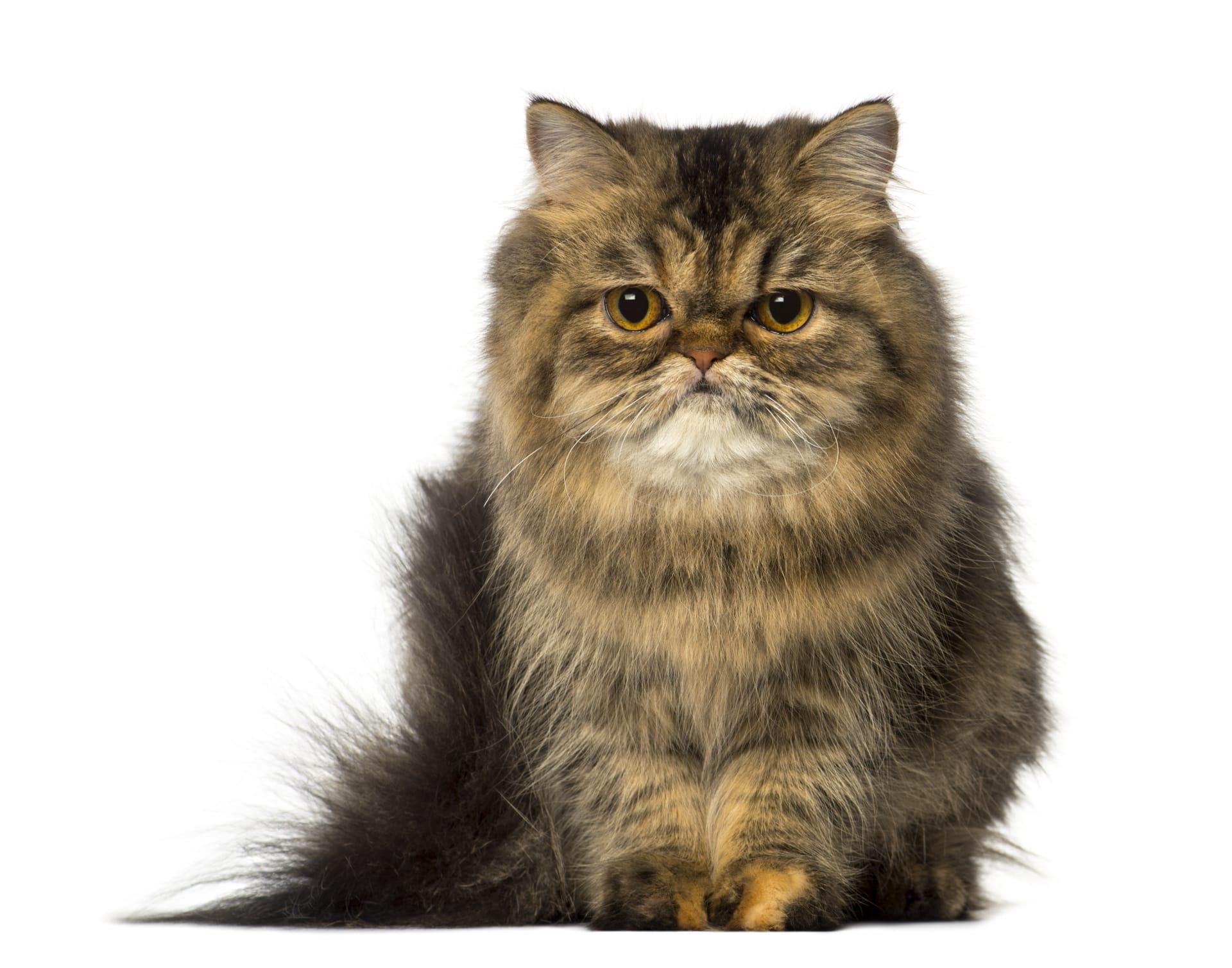Persian Cat Characteristics
- Home /
- Mini Encyclopedia /
- Animal /
- Persian Cat Characteristics
1
Persian cats are distinguished by their luxuriously long and fluffy coats, making them one of the most recognizable and beloved breeds. They typically weigh between 7 to 12 pounds, with males often being larger than females. The body of a Persian cat is short but robust, supported by strong, thick legs and a broad chest, encapsulating a well-rounded structure. Their heads are large and round, with full cheeks and a short muzzle, known as a "brachycephalic" face. The eyes are large, round, and expressive, often a deep, vivid color that contrasts beautifully with their coat. Persian cats have a lifespan that ranges typically from 12 to 17 years, making them long-term companions for those who adopt them.
The most remarkable organ of the Persian cat is undoubtedly its coat. The coat is not just a visual hallmark but serves several crucial functions. It provides significant insulation, protecting the cat from both cold and hot weather, thanks to its dense, long fur that traps air close to the body. The fur also acts as a protective barrier, cushioning the skin against brushes with harsh surfaces or the occasional skirmish. The coat requires regular grooming to prevent matting and maintain its luxurious texture, reflecting the breed's need for attentive care. This daily grooming ritual further strengthens the bond between the cat and its owner, making the coat not just a physical attribute but an integral part of the Persian cat's social and environmental adaptation.

2
Question: What is the most common health issue in Persian cats, and how can it be addressed?
Answer: Persian cats are particularly prone to polycystic kidney disease (PKD), a genetic condition that leads to the formation of cysts in the kidneys and can affect kidney function. PKD is widespread in the breed, with a significant percentage of Persian cats inheriting this condition. Early detection through genetic testing or ultrasound is crucial for managing PKD. While there is no cure, a diet low in phosphorus and protein, along with regular veterinary check-ups, can help manage the symptoms and slow the progression of the disease. Owners should also ensure their Persian cats have access to fresh water at all times to support kidney health.

3
Persian cats are known for their serene and laid-back nature, which extends to their physical activity preferences. They are not as active as other breeds, preferring leisurely strolls around their living environment to high-energy games. Their movement is often graceful and calculated, avoiding the frenetic bursts of energy seen in more athletic breeds. This does not mean they do not enjoy play; they simply prefer engaging in less vigorous activities that do not compromise their dignified demeanor.
When it comes to eating habits, Persian cats have specific preferences due to their unique facial structure. Their flat faces can make eating from standard bowls challenging, leading to a preference for shallow dishes that allow easier access to food without straining. They tend to eat slowly, savoring their meals rather than rushing, which aligns with their overall genteel nature. A diet that includes both dry and wet food is beneficial, providing hydration and promoting dental health. Regular, small meals are preferred to support their metabolism and maintain their luxurious coat in peak condition.

4
Persian cats thrive in indoor environments where their safety and comfort can be closely monitored. They are well-suited to a serene and stable household, where the temperature is regulated, and hazards are minimized. Their long fur and sedate nature make them less adapted to outdoor life, where they can encounter predators, diseases, and environmental extremes. A quiet, loving home, where they can receive plenty of attention and care, is ideal for this breed.
Reproduction in Persian cats requires careful consideration due to their specific health needs and physical characteristics. They are known for smaller litter sizes, often ranging from 2 to 5 kittens. Breeding Persians should be undertaken with a thorough understanding of genetic health issues, such as PKD, to ensure the healthiest outcomes for both the mother and her offspring. The breeding process should always be conducted responsibly, with a focus on the well-being of the cats involved, ensuring they are of appropriate age and health for breeding.

5
Book: "The Elegant Persian Cat" by Abigail Greene, published in the United States in 1995. This book provides an in-depth look at the history, care, and breeding of Persian cats. Greene, a seasoned cat breeder and show judge, offers readers a comprehensive guide to understanding the Persian cat's unique needs and characteristics. With chapters dedicated to health care, grooming techniques, and the breed's history, this book is a must-have for Persian cat owners and enthusiasts seeking to deepen their knowledge and appreciation of this exquisite breed.
Book: "Persian Cats: A Complete Guide" by Elaine Waldorf Gewirtz, published in the United Kingdom in 2003. Gewirtz, an acclaimed pet writer, delves into the world of Persian cats, covering everything from their origins to their status as one of the most popular and recognizable breeds worldwide. The book includes detailed advice on care, nutrition, and grooming, tailored to the Persian's specific needs. It also explores common health issues and how to address them, making it an invaluable resource for current and prospective Persian cat owners.